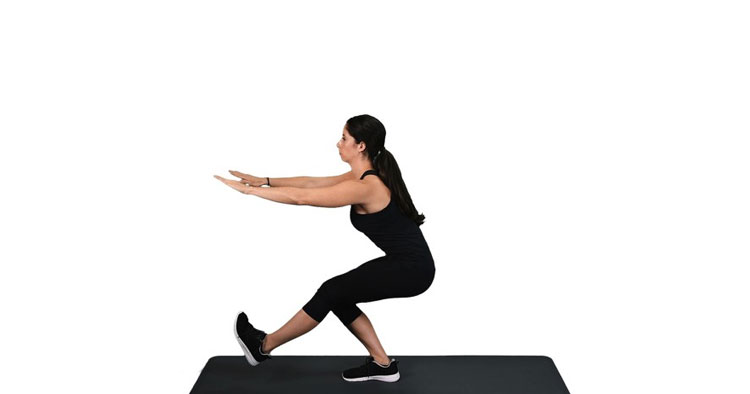Injury Rehabilitation and Training, Sports Injuries and Management
Correcting Trendelenburg Gait Via Physiotherapy Exercises
Correcting Trendelenburg Gait
Management of a Trendelenburg gait pattern should first aim to deal with any underlying causes present leading to the presence of such gain pattern. To do so requires assessment by an appropriate medical professional in an attempt to uncover any underlying reasons for the existence of the noted gluteal weakness. Once any the underlying reasons (if any) have been addressed, the process of correcting Trendelenburg gait via strengthening the hip abductors can begin assuming this is deemed appropriate.
Physiotherapy And Gluteal Strengthening
Correcting a Trendelenburg gait pattern is more than just prescribing a few strengthening exercises for the gluteus minimus and gluteus medius muscles, it requires improved muscle recruitment of all the hip abductors and pelvic stabilisers. Having good gluteal strength is not enough to prevent a Trendelenburg gait pattern, appropriate motor control, with the correct timing and intensity of contraction of the hip abductors and other pelvic stabilisers is crucial in maintaining a level pelvis during single leg stance activities and postures. When treating a Trendelenburg gait pattern physiotherapists will frequently prescribe exercises that focus as much on the appropriate timing of muscle contraction and functional control of the hip abductors as they will on purely building strength. Popular buzz words like activation and facilitation, are typically bandied around when discussing the functional rehabilitation of muscles. In correcting Trendelenburg gait the appropriate “activation” and timing of hip abductor muscle engagement is vital in the dynamic control of single leg stance activities and avoiding undesirable movements of the pelvis and hips.
Repetition The Key For Correcting Trendelenburg Gait
Gluteus medius strength and the strength of the other hip abductors is important for correcting Trendelenburg gait and generally considered important for the majority of athletes. Due to weakness in the hip abductors is considered to be associated with several hip, knee and other musculoskeletal pathologies. So, stronger hip abductors can potentially mean an athlete suffers less injuries comparatively than a sportsperson with weaker hip abductors. When strengthening the trunk and hip to help manage a Trendelenburg gait pattern where improving motor control is the goal, repetition is often considered the key to success. Performing repetition after repetition helps to make the necessary neuroplastic changes in the brain and the use of visual feedback when training through a mirror (or even video) can help with improving and training appropriate activation patterns and technique. Some physiotherapist will also like to use EMG biofeedback devices to assist with facilitation and activation patterns of the gluteal muscles when working to improve trunk stability.
Disclaimer: Sydney Physio Clinic provides this information as an educational service and is not intended to serve as medical advice. Anyone seeking specific advice or assistance on Strengthening Exercises For Correcting Trendelenburg Gait should consult his or her personal trainer, physiotherapist, general practitioner or other appropriately skilled practitioner.


